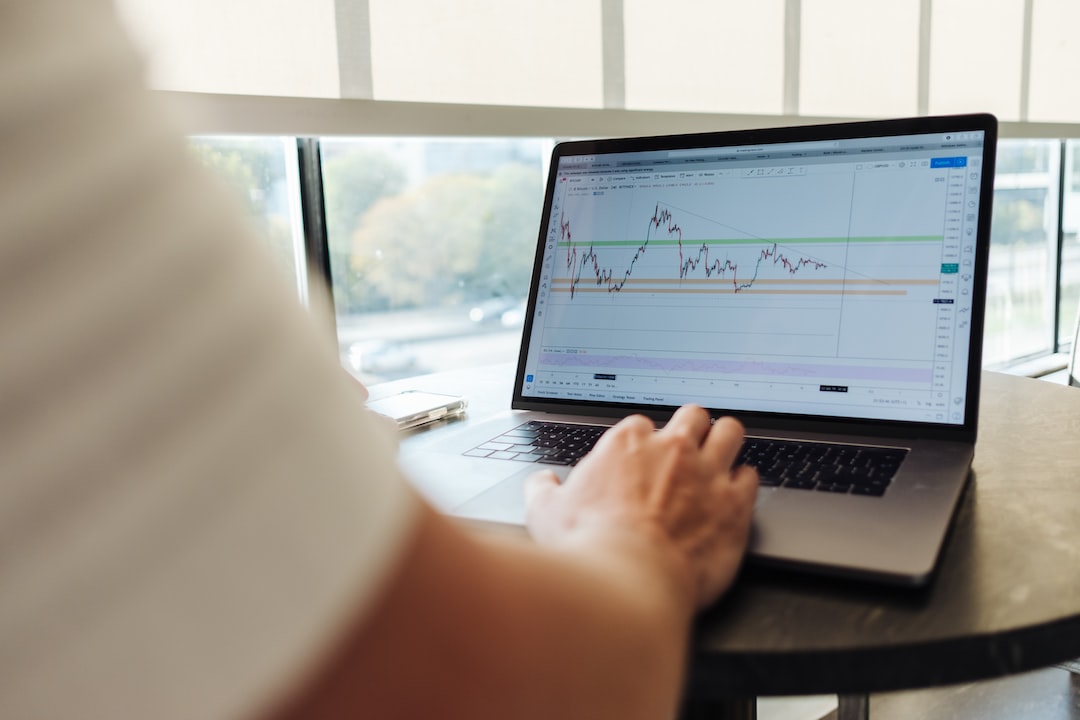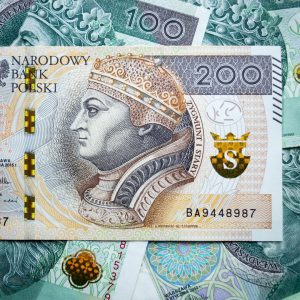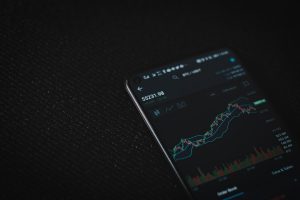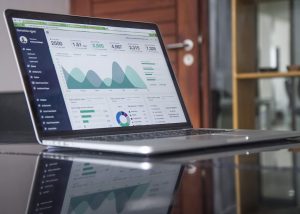Forex, also known as foreign exchange, is the largest financial market in the world, with an average daily trading volume of over $5 trillion. It is a decentralized market where currencies are traded between individuals, businesses, banks, and governments. One of the most attractive aspects of forex trading is its accessibility – anyone can participate from anywhere in the world, at any time. However, getting started in forex can be intimidating, especially if you don’t have a background in finance. In this article, we will explain how to get into forex by yourself.
1. Educate Yourself
The first step to getting into forex is to educate yourself about the market. There are countless resources available online, from articles and books to webinars and courses. Start by learning the basics, such as how currencies are traded, what affects exchange rates, and the different types of orders you can place. It’s also important to understand the risks involved in forex trading and how to manage them.
2. Choose a Broker
Once you have a basic understanding of forex, it’s time to choose a broker. A broker is a company that provides a platform for you to trade currencies. There are many brokers to choose from, so it’s important to do your research and find one that is reputable and suits your trading style. Look for a broker that is regulated by a reputable authority, such as the Financial Conduct Authority in the UK or the National Futures Association in the US. You should also consider factors such as fees, trading platforms, customer support, and educational resources.
3. Open a Demo Account
Before you start trading with real money, it’s a good idea to practice with a demo account. Most brokers offer demo accounts, which allow you to trade with virtual money in a simulated market environment. This is a great way to get a feel for the platform and test your trading strategies without risking any real money.
4. Develop a Trading Plan
Before you start trading with real money, you should develop a trading plan. This should include your trading goals, risk management strategies, and entry and exit criteria. Your trading plan should also take into account your personal circumstances, such as your available capital and time constraints. It’s important to stick to your trading plan and not let emotions or impulse decisions affect your trades.
5. Start Trading with Real Money
Once you have developed a trading plan and practiced with a demo account, it’s time to start trading with real money. Start with a small amount of capital and gradually increase your position sizes as you become more confident and successful. Remember to stick to your trading plan and use risk management strategies to minimize your losses.
6. Learn from Your Mistakes
Forex trading is a learning process, and you will inevitably make mistakes along the way. It’s important to learn from your mistakes and use them as opportunities to improve your trading strategies. Keep a trading journal to track your trades and analyze your performance. You should also continue to educate yourself about the market and stay up-to-date with news and events that could affect currency prices.
In conclusion, getting into forex by yourself requires education, research, and practice. By following these steps, you can develop the skills and knowledge necessary to become a successful forex trader. Remember to stay disciplined, manage your risks, and learn from your mistakes. With dedication and hard work, you can achieve your trading goals and potentially earn a significant income from forex trading.





